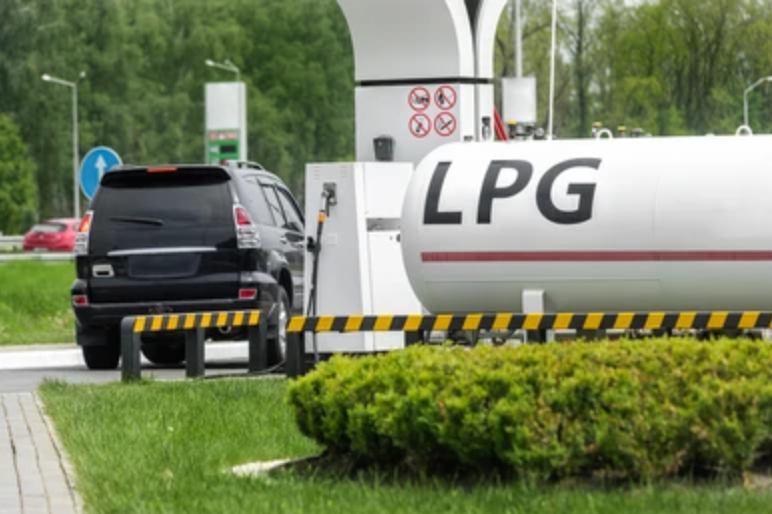Compared to the growth of approximately 6.43% in the four years prior, from January 2016 to December 2019, the Institute for Energy Security has revealed a decrease of approximately 4.47% in the usage of liquefied petroleum gas (LPG) between January 2020 and December 2023.
November 2020 had the greatest monthly consumption during this time, surpassing 35 million kilograms, and April 2023 had the lowest.
According to a recent regression analysis by the IES, Ghana’s total annual LPG consumption varied between 2020 and 2023, reaching a peak of 345,478,919 kilograms in 2021 and falling to 305,076,209 kilograms in 2022.
Between January 2020 and December 2023, the ex-pump price per kilogram of LPG more than doubled, rising by 116% from GH¢5.81 to GH¢12.57. This is in contrast to a 57% increase between January 2016 (GH¢3.43) and December 2019 (GH¢5.40).
From January 2020 to April 2024, the IES observed trends in LPG prices that were subject to variation, with notable increases observed between November 2022 and April 2024. It was determined which factors affect LPG prices, including supply and demand dynamics, ex-refinery prices, and policy.
The average price of LPG increased by 30% in the first four months of 2024, from GH¢12.36 per kilogram in January to GH¢16.11 per kilogram in April.
The 177% increase in prices between January 2020 and April 2024 was caused by both the introduction of new taxes and levies and increases in already-existing ones.
Price changes for LPG per kilogram can account for about 16.47% of the variation in LPG consumption in Ghana between January 2020 and December 2023.
Other factors like government policies, currency depreciation, restrictions on new LPG outlets, and economic conditions are responsible for the remaining variance, which amounts to approximately 83.53%.







